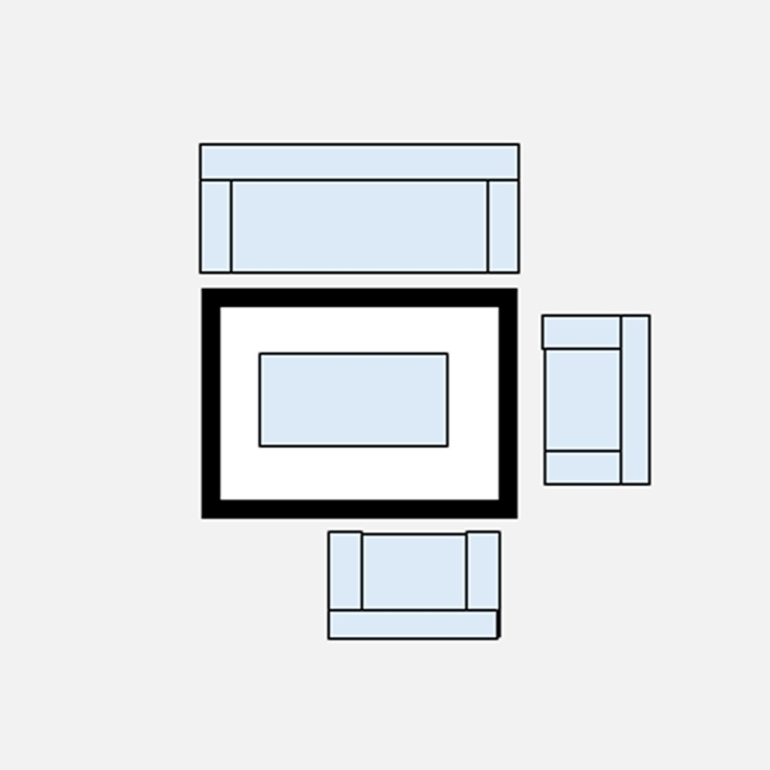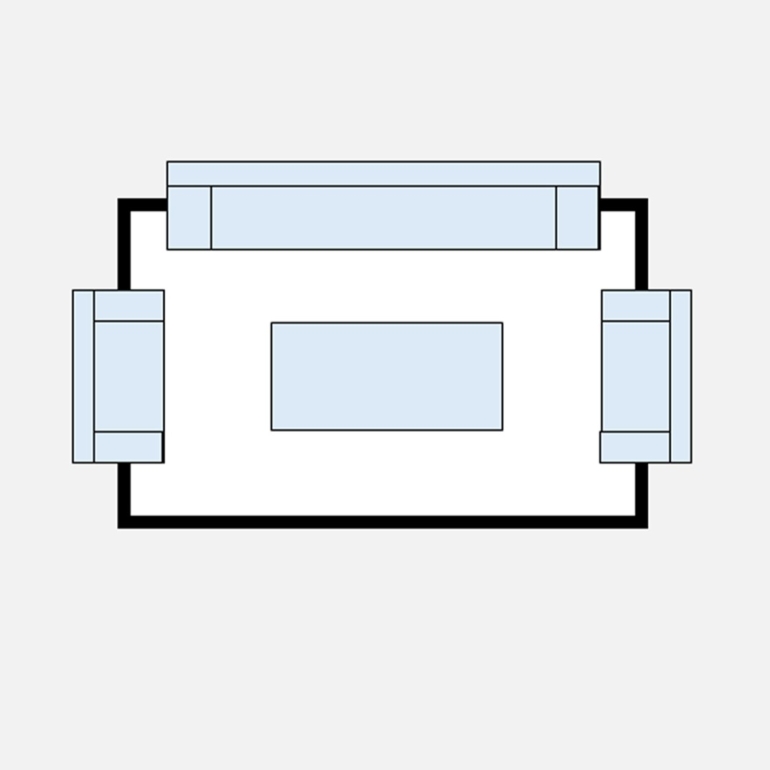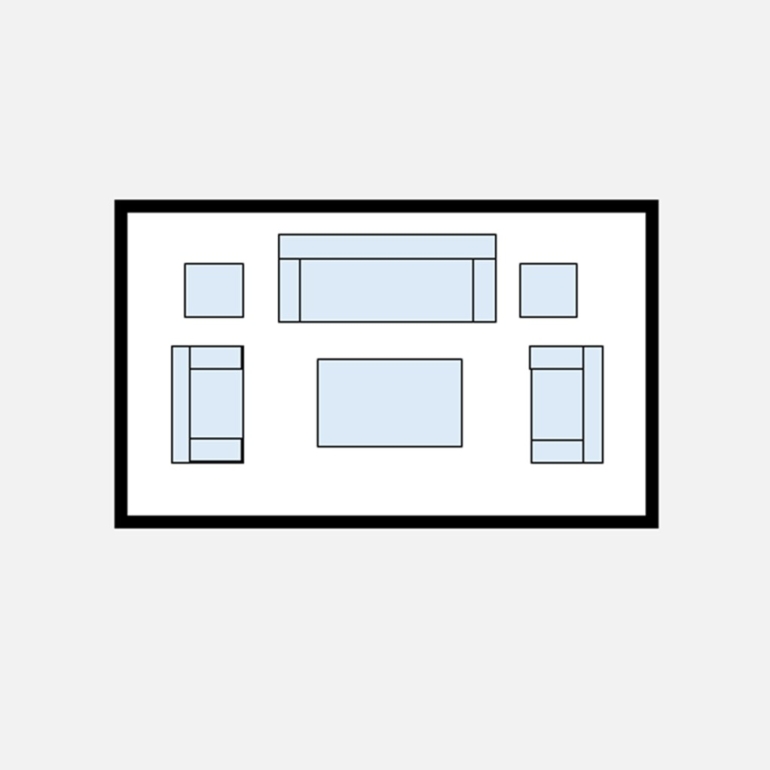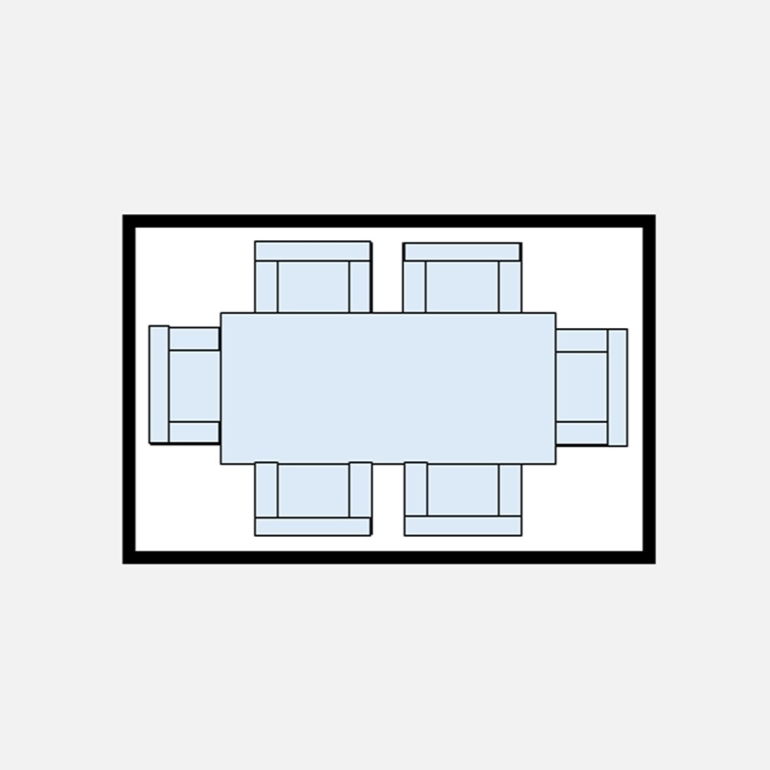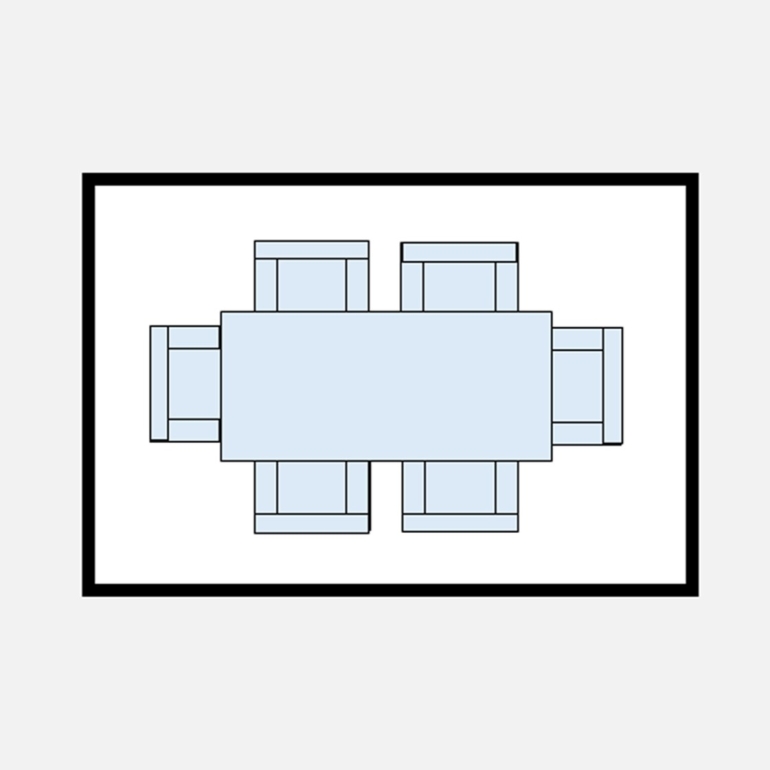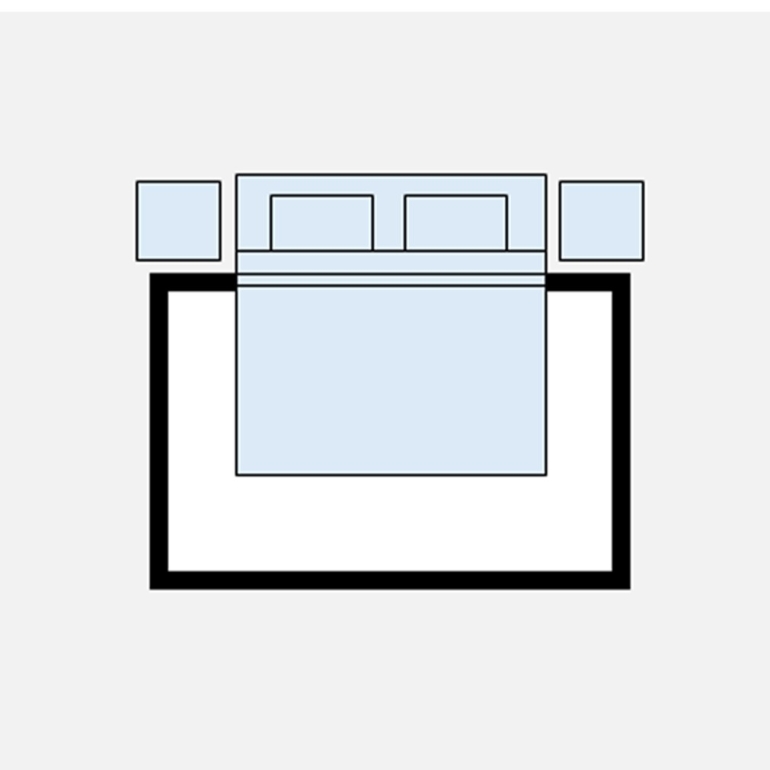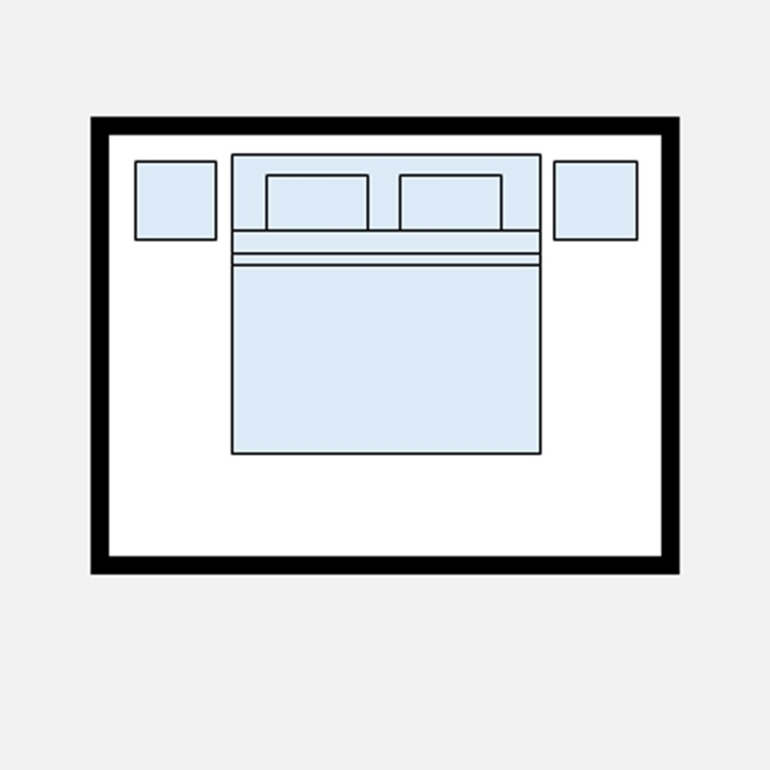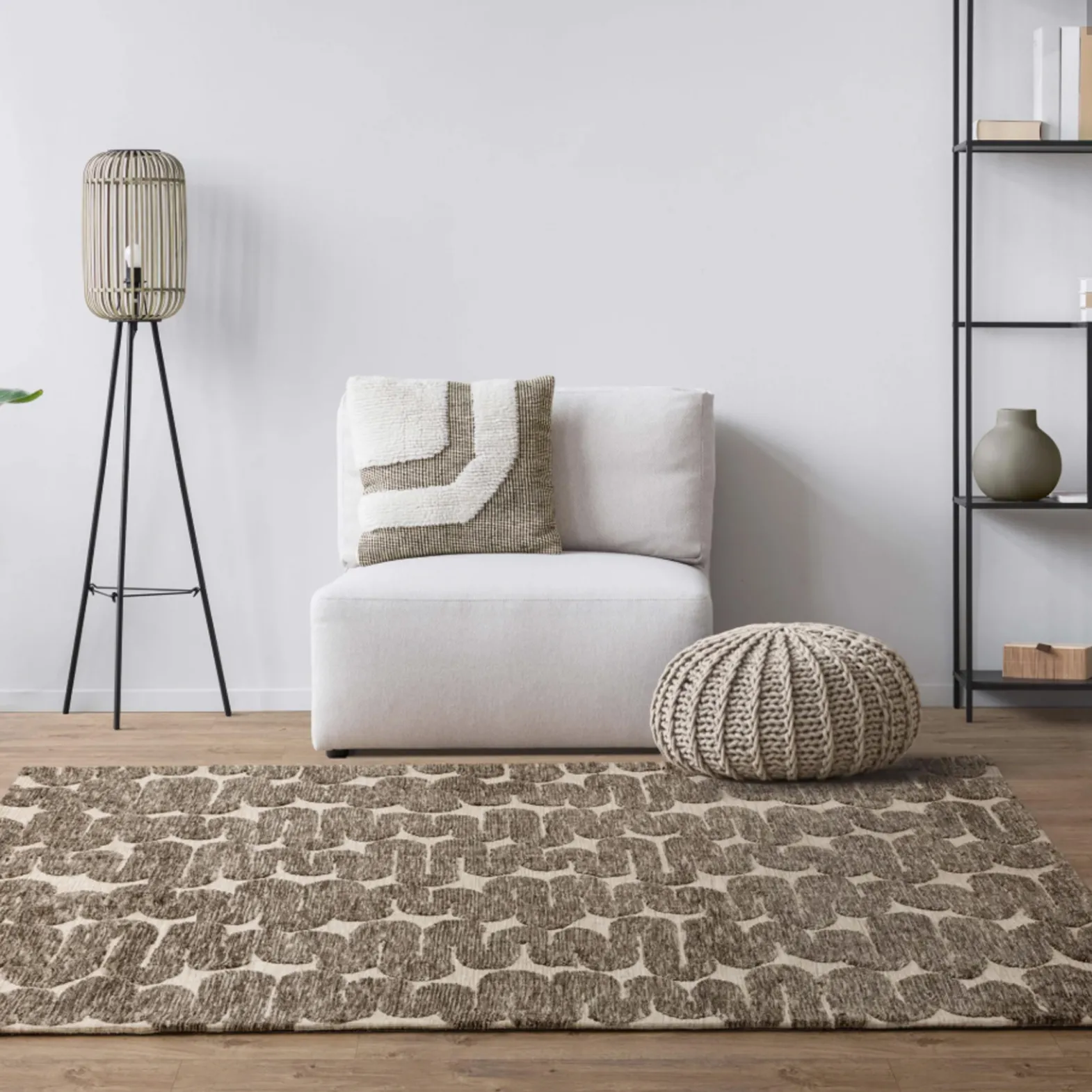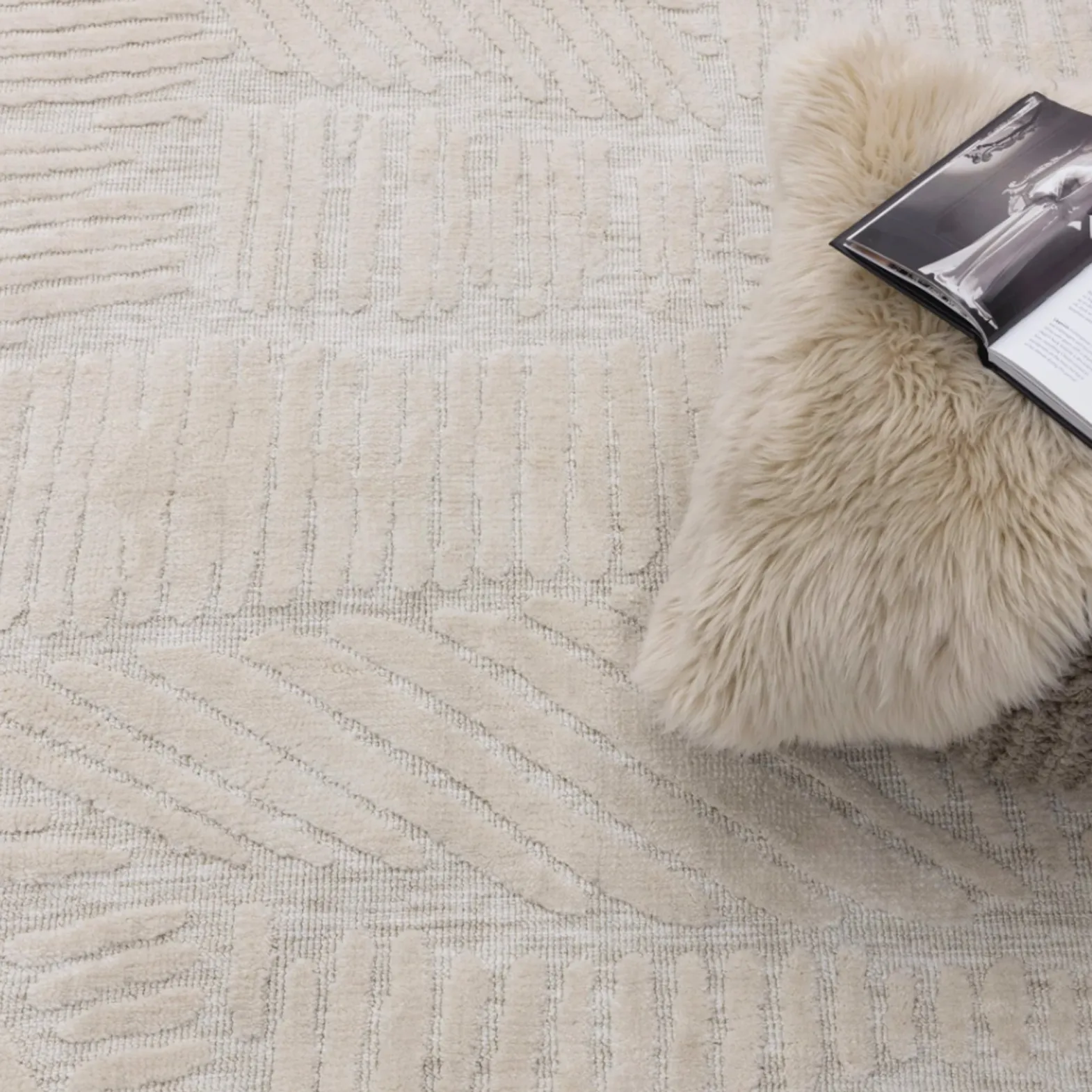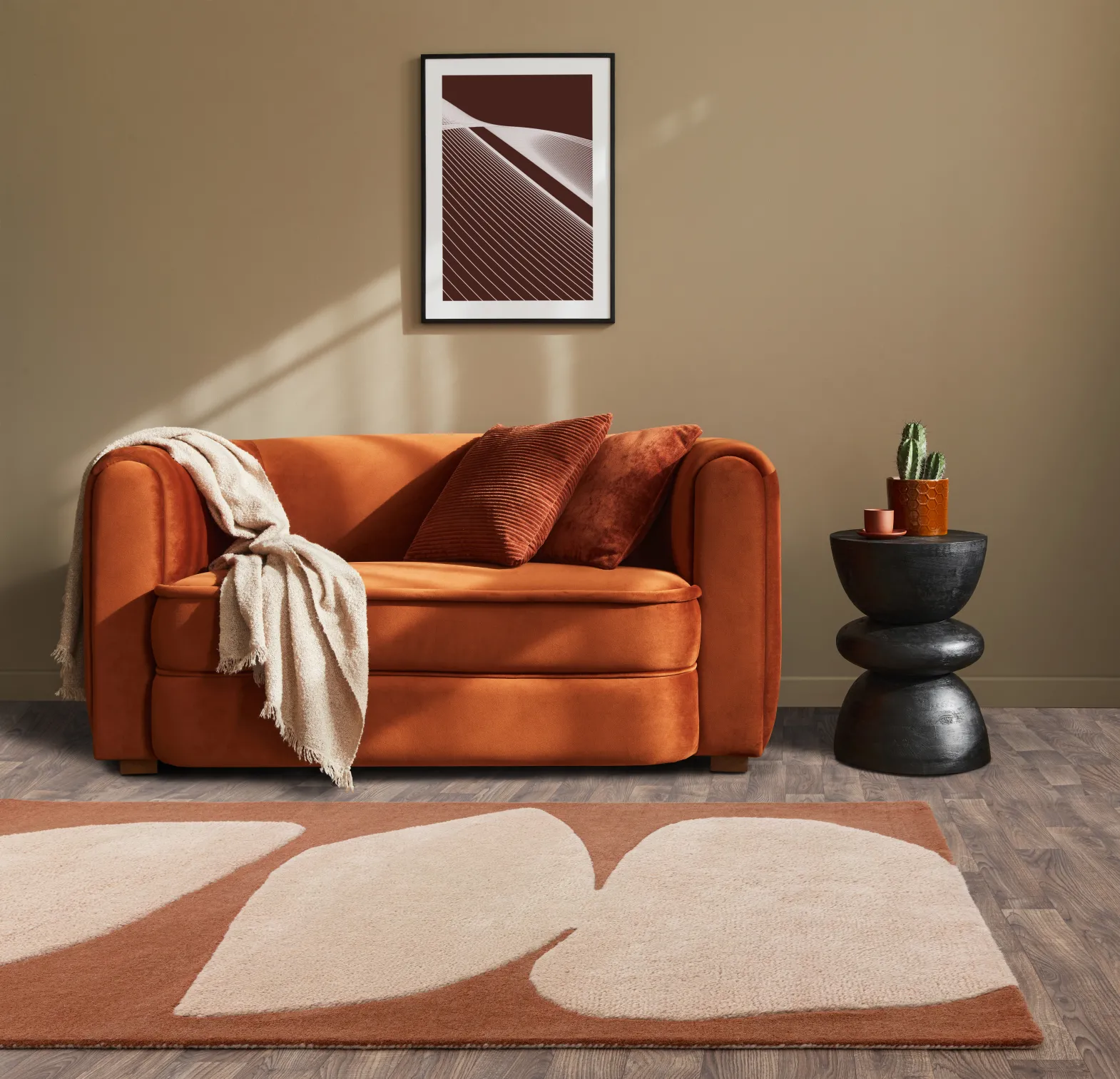Fabric Types
Although many rugs are commonly made from pure wool, the type of yarn used in the weaving process influences not just the design or pattern, but also the colour, texture, and overall feel of the rug.
-
Wool: Known for its durability, wool is a versatile fibre that can be processed in various ways to achieve either a luxuriously soft finish or a more textured, coarse surface. Its resilience makes it an excellent choice for busy family homes.
-
Cotton: Soft yet strong, cotton enables detailed, tightly woven patterns, making it ideal for intricate designs. It also pairs well with other fibres, offering a cost-effective and versatile option.
-
Jute: With its warm, golden tones, jute has a natural, rustic look, especially when handwoven in thick strands. Its fibrous texture reflects its toughness, and when blended with cotton, it can create bold contrasts in colour and design.
-
Hemp: Hemp’s coarse texture is balanced by its light, sandy colouring, which shines in traditional weave styles. Typically backed with cotton for added structure, hemp rugs are a durable and earthy addition to any space.
-
Hides: Less commonly used, natural hide rugs feature patchwork leather that develops a rich patina over time, offering a unique and timeless aesthetic.

